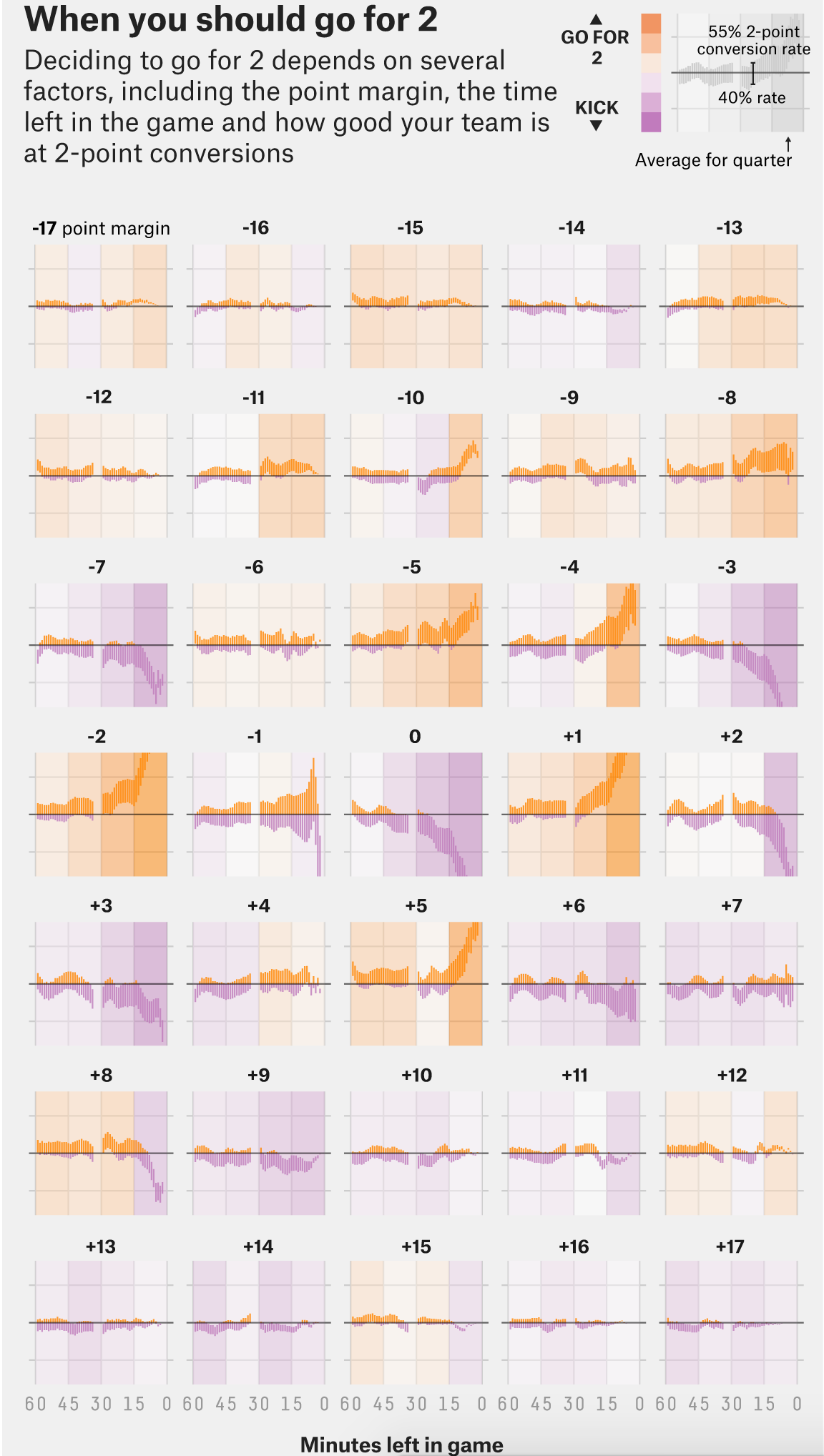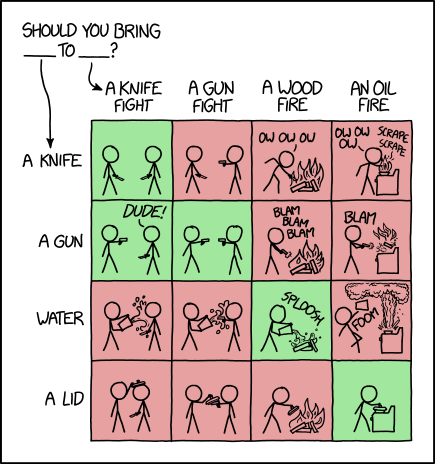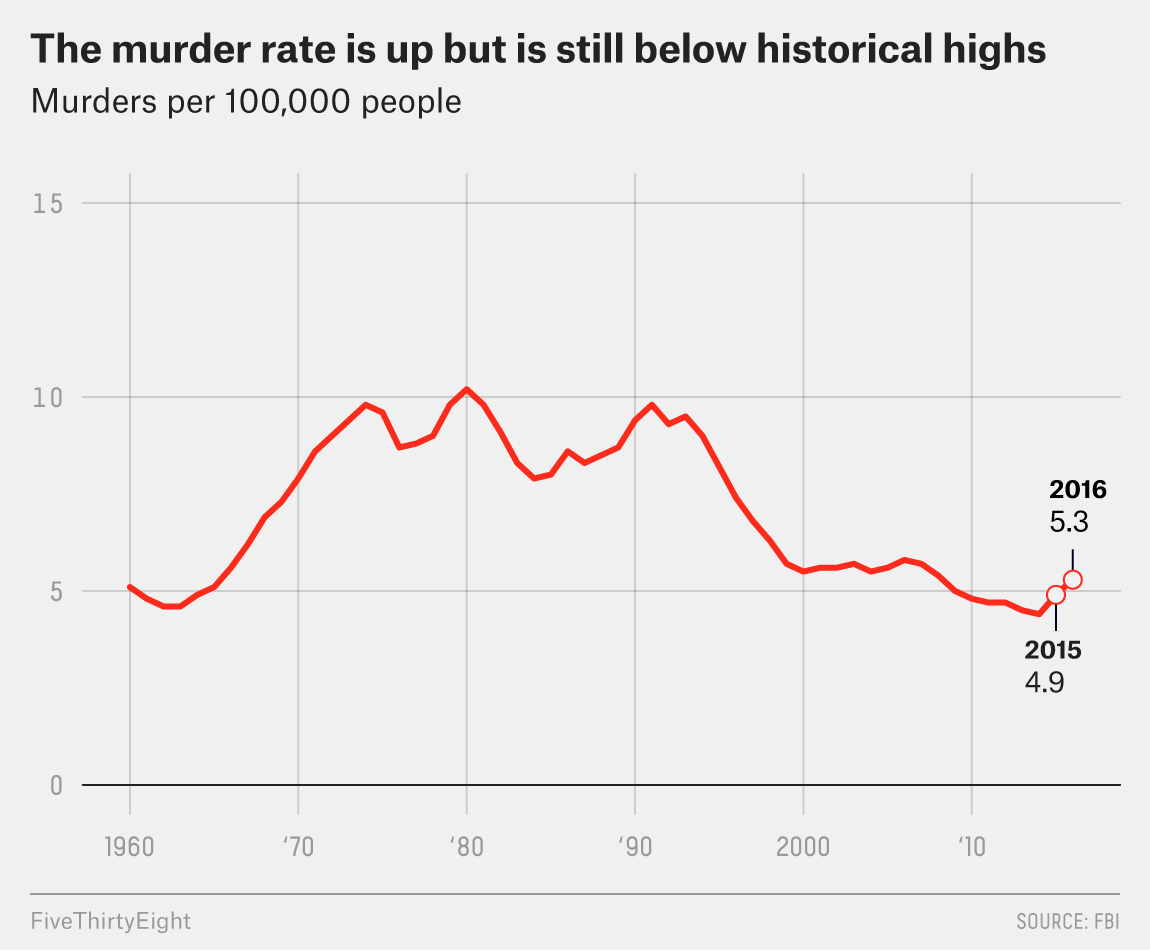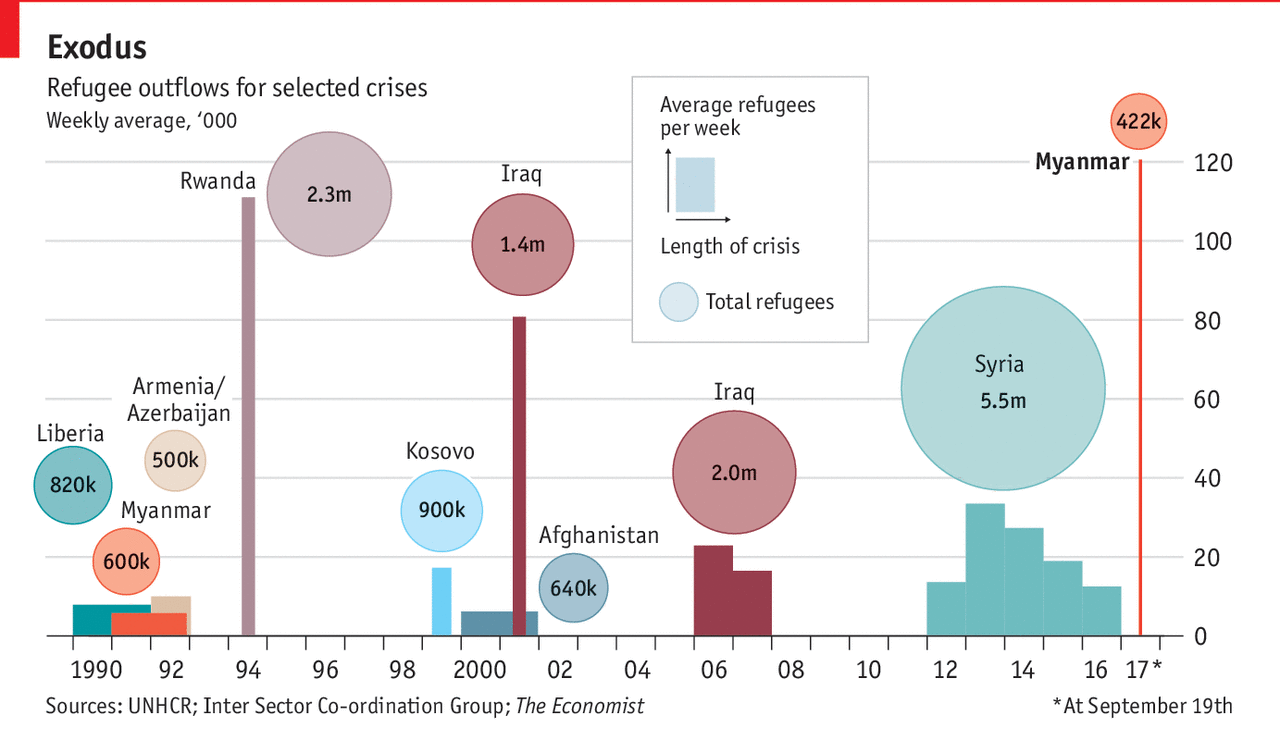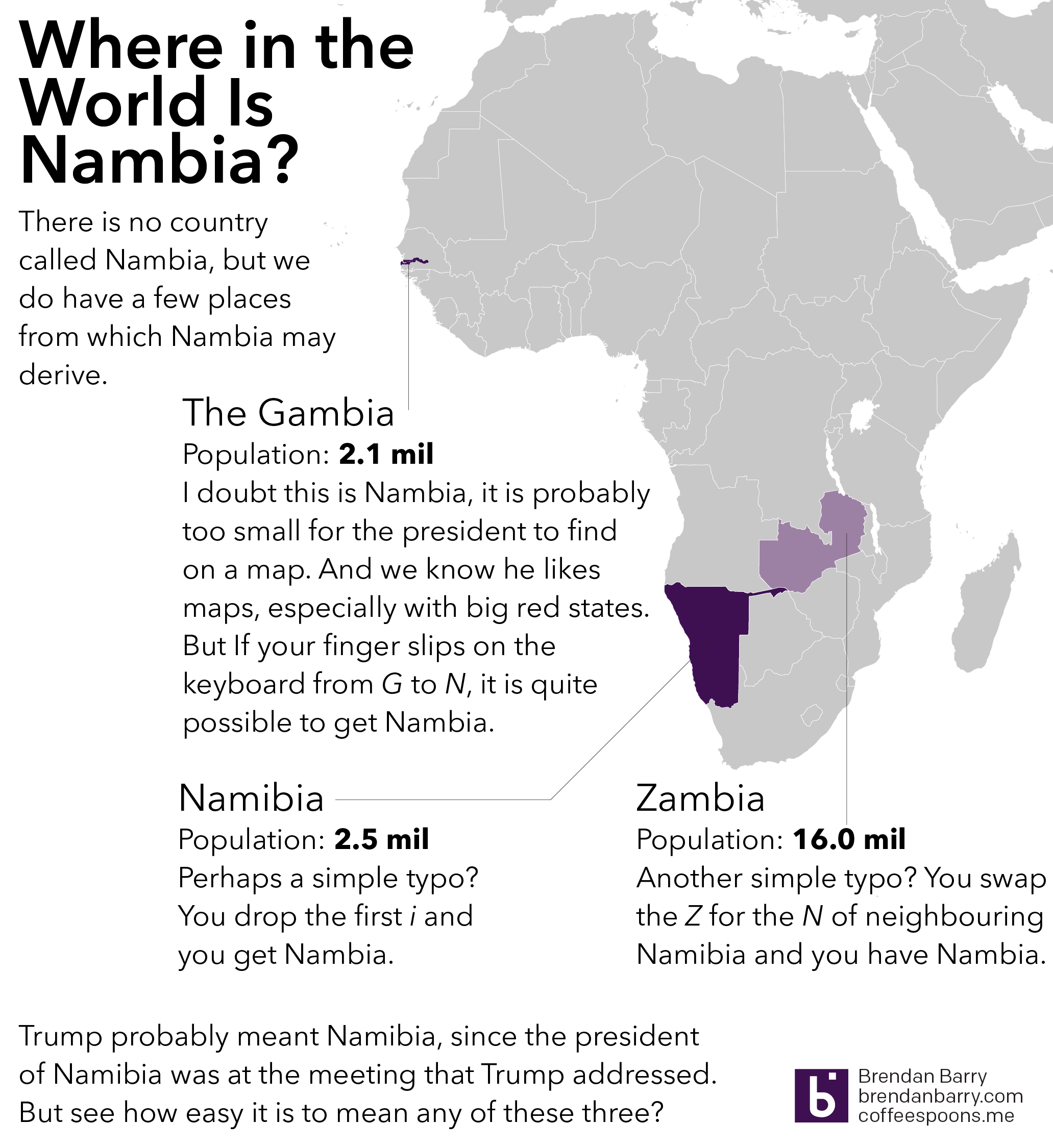Well news definitely happened whilst your author was on holiday. So today we look at an informative piece from the New York Times that compares the weapons fire from the Las Vegas shooting to that of Orlando and a fully automatic weapon.
This piece makes good use of both audio and motion graphics to show how the bump stock makes a semi-automatic rifle more like what we might call a machine gun. It also includes some nice illustrations that demonstrate how the stock does what it does.

From an audio standpoint, I do want to point out that the designers made a wise decision in opting not to use authentic sounds. Instead they chose an abstracted sound, allowing the user to focus on the rapidity and steadiness of the sound.
Credit for the piece goes to Larry Buchanan, Evan Grothjan, Jon Huang, Yuliya Parshina-Kottas, Adam Pearce, Karen Yourish, C.J. Chivers, and Thomas Gibbons-Neff.

